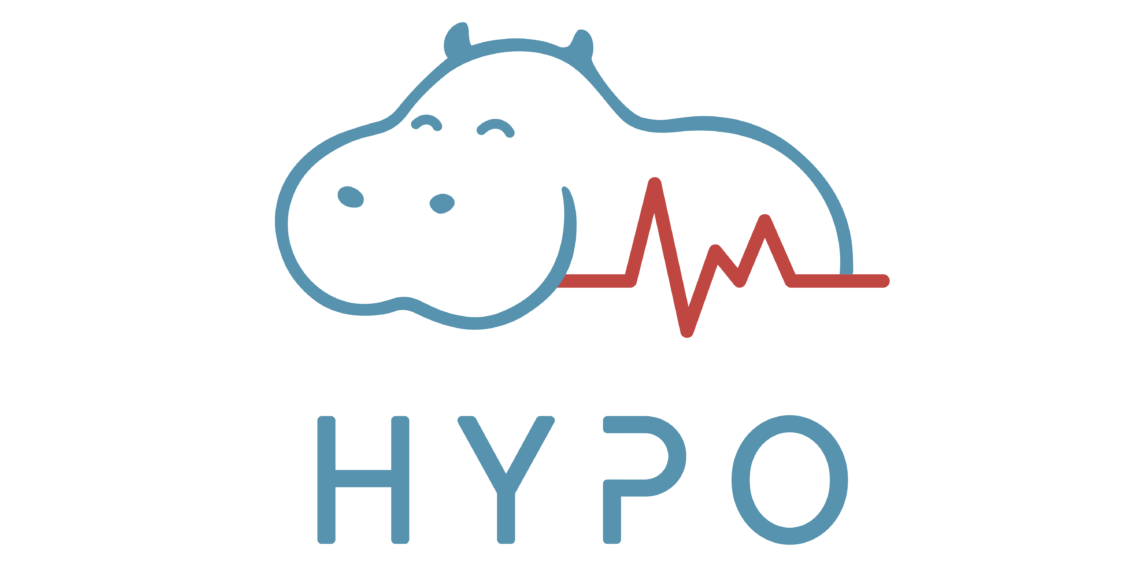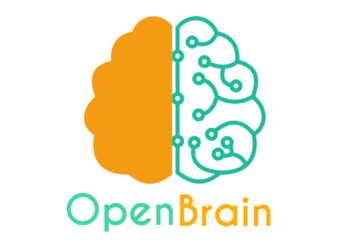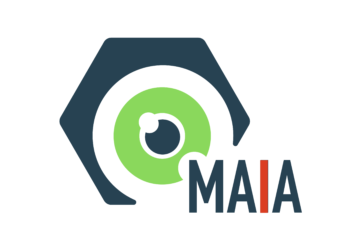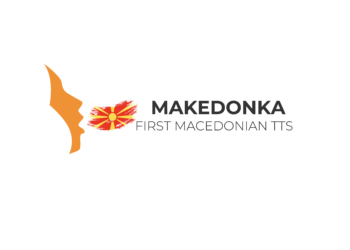We proudly present that recently our company, iReason LLC, launched the first insights into the revolutionary next-level blood device – HYPO, supported by the Fund for Innovation and Technology Development (FITD) of N. Macedonia. In this blog we review the disadvantages of the existing technologies and discuss the benefit of introducing HYPO, its functionalities, and its impact to the future of wearable technologies and the hypertension problem.
First, we will start with some numbers. According to the WHO’s latest statistics, approximately 1.28 billion people suffer from blood pressure hypertension, and most of them come from low and middle-income countries. Even more, this number represents only those that are diagnosed with this condition, which is only 42%. Only 1 in 5 adults have the condition under control, which is equivalent to 21%. An estimated 46% are unaware of having the condition, making this population prone to cardiovascular diseases, including stroke, heart attack, heart failure, and aneurysm. Those numbers can be reduced if the hypertension problem is diagnosed on time.
In recent years we have witnessed rapid development of wearable patch-like, belt-like, and smart watches technologies. From a functionality point of view, the furthest that those devices have come is the ability to non-invasively measure ECG, PPG, and to provide information on the heart rate, the pulse, and the respiration rate. Blood pressure measurement, however, is still a matter of separate traditional analog and digital devices. Some popular smart watches have managed to include blood pressure measurements, however, they are using the well-known cuff-based technique in a more subtle design. None of the commercially available wearables has achieved the ability to measure all the four vital parameters in a single integrated device, and those are: heart rate, respiratory rate, blood pressure, and oxygen saturation in the blood.
Taking into account the hardware utilization, it is used only as a medium for acquiring and preprocessing physiological information. The further analysis of any abnormalities is usually subject to a separate software application that might include artificial intelligence. Those applications usually reside on a separate mobile device and require Cloud resources for mass processing.
In conclusion, wearable technology needs novelty, not only from the functionality aspect, but also from the technologically aspect. The power of AI and the hardware are not completely utilized in the existing technology, and beside its unique functionality to predict hypertension from ECG, HYPO presents a unique ability to do all the processing on-the-chip, including the AI. The relation between the ECG and the blood pressure has been unveiled for the first time and modelled with specific AI methodology. Part of our early experiments are already confirmed in high-level journals, and the patent of the complete solution is on its way.
Our novel, non-invasive, intelligent, and original patch-like wearable technology supports the preventive medicine paradigm by allowing the possibility of frequent measurements without explicit human actions. The user will be totally comfortable having HYPO as a blood pressure watchdog. From an ethical aspect, HYPO is a completely safe device. No personal data ever leaves the device.
Currently, HYPO has reached TRL 5, meaning the integrated technology is validated in laboratory environments. The next step is to demonstrate the technology in a relevant environment, i.e. in hospitals under doctors’ supervision. There are few more TRLs to go until HYPO is able to reach the market. The process of validation and patenting the solution along with HYPO certification is expected to finish in a few months, and the expected launch date is at the beginning of 2023. The custom-based hardware is kept highly optimized since HYPO is intended to be a low-cost device and the price will be announced in early autumn.
Once HYPO is completed, we will move forward to upgrade the device with functionalities and enable the measurements of the rest vital parameters: heart rate, respiration rate, and oxygen saturation. Most importantly, the concept of processing everything on the chip will be kept in the future releases.
HYPO presents the smart embedded devices of the future. Processing everything on the chip eliminates the need for connection with external devices, and even more important the data never leaves the chip, meaning there is no personal data leakage issue.
This is only the beginning of HYPO. With this blog we introduced our revolutionary device and its great potential. In the future we will publish the papers correlated to the implementation and usage of HYPO as well as more blogs to promote our work. Feel free to check out HYPO’s website https://www.hyposensor.ai/.
Stay tuned because more details are coming soon!









